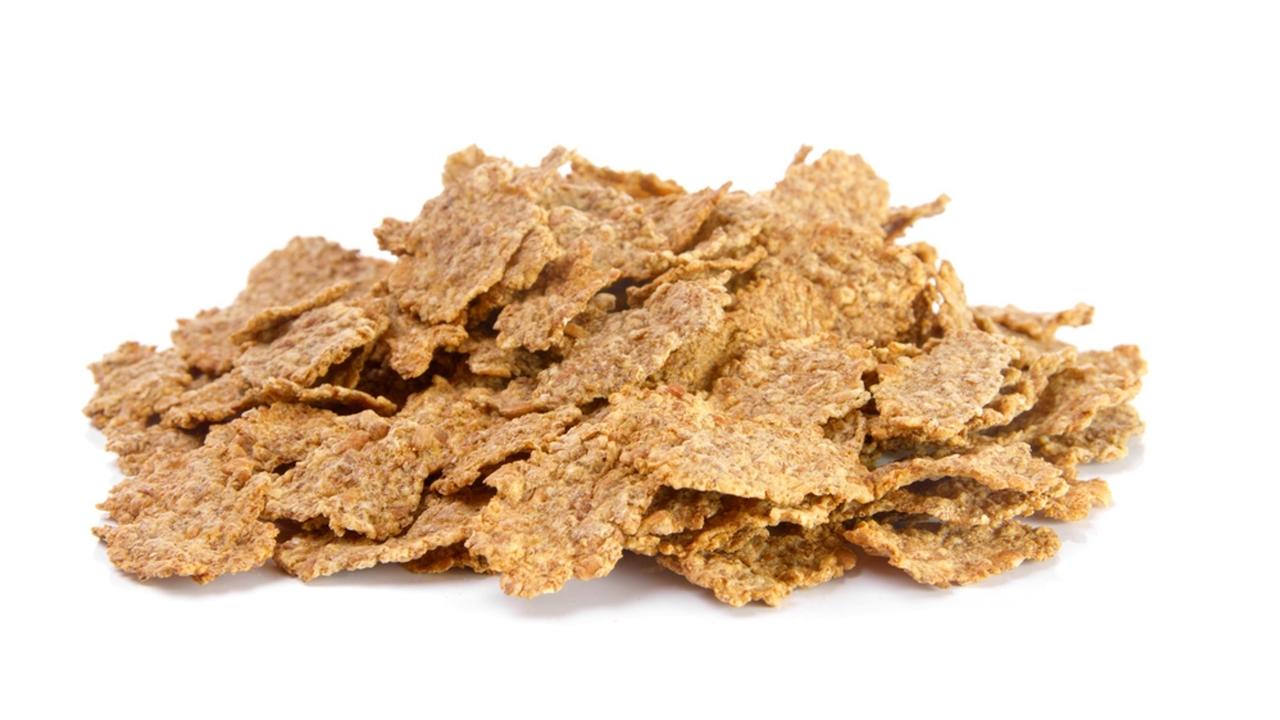
Does Fiber Have a Dark Side?
Mar 28, 2016
Humans are omnivores with a mixed feeder’s teeth and digestive system. If we were meant to be herbivores we’d have mouths designed to chew cud and four big stomachs to hold and process it. Yet the myth persists that all of us should eat plenty of fiber.
Most of today’s popular diet books continue to spout the high fiber myth, with some authors not only pushing the fiber in vegetables but indigestible fibers like bran. The myth persists that fiber is nature’s way to fill the tummy, stop overeating and even roto rooter our intestinal pipes clean for detoxification and disease prevention.


Care for a contrarian view? Konstantin Monastrysky’s provocative book The Fiber Menace can now be read for free at his website.
In the world of nutrition and alternative medicine, Monastrysky is considered highly controversial. Yet anthropologists Leslie Aiello, Peter Wheeler and others have concluded that humans were able to develop large metabolically expensive brains relative to body size because of an equivalent reduction in the size of the gastro-intestinal tract. Without the adoption of a high-quality, low-fiber animal-based diet, this transition would never been possible.
Grazing all day on high-fiber plant foods not only wastes the time and energy omnivores need to live passionate and productive lives, but can lead to indigestion, bloated bellies, stupendous gas and prodigious poops. Worse still, herbivores put on weight like cows, allow themselves to be herded and act like good sheeples. Indeed, Monastyrsky suggests fiber can menace every indicator of human health from digestion to sexuality. He convincingly argues that it even causes constipation, the problem it’s most widely thought to cure.
How then did fiber become known as a health food? It happened in the nineteenth century when breakfast cereals and other high fiber foodstuffs were invented to build moral fiber, squelch lust and save souls. Sylvester Graham (1794-1851) attained fame and fortune on the lecture circuit, preaching against meat and other foods that promoted carnal knowledge. Sex to his way of thinking should be had once per year max and then only for the purpose of reproduction. To that end, he invented the Graham cracker, then a miserable, hard-to-chew, high-fiber item intended to kill the joys of food as well as sex. Next up on the bully pulpit was Dr. John Harvey Kellogg (1852-1943), a health nut and lifelong celibate who preached against sex even in marriage. Indeed he became flushed with pride at the very thought of his fiber-rich cereals combatting the twin evils of constipation and sexuality.
Today no one advertises cereals and crackers as aids to celibacy though Monastyrsky presents surprising evidence they can contribute to loss of libido as well as other signs of poor health.
To read Fiber Menace for free, click here. Then share your thoughts in the comments below.


